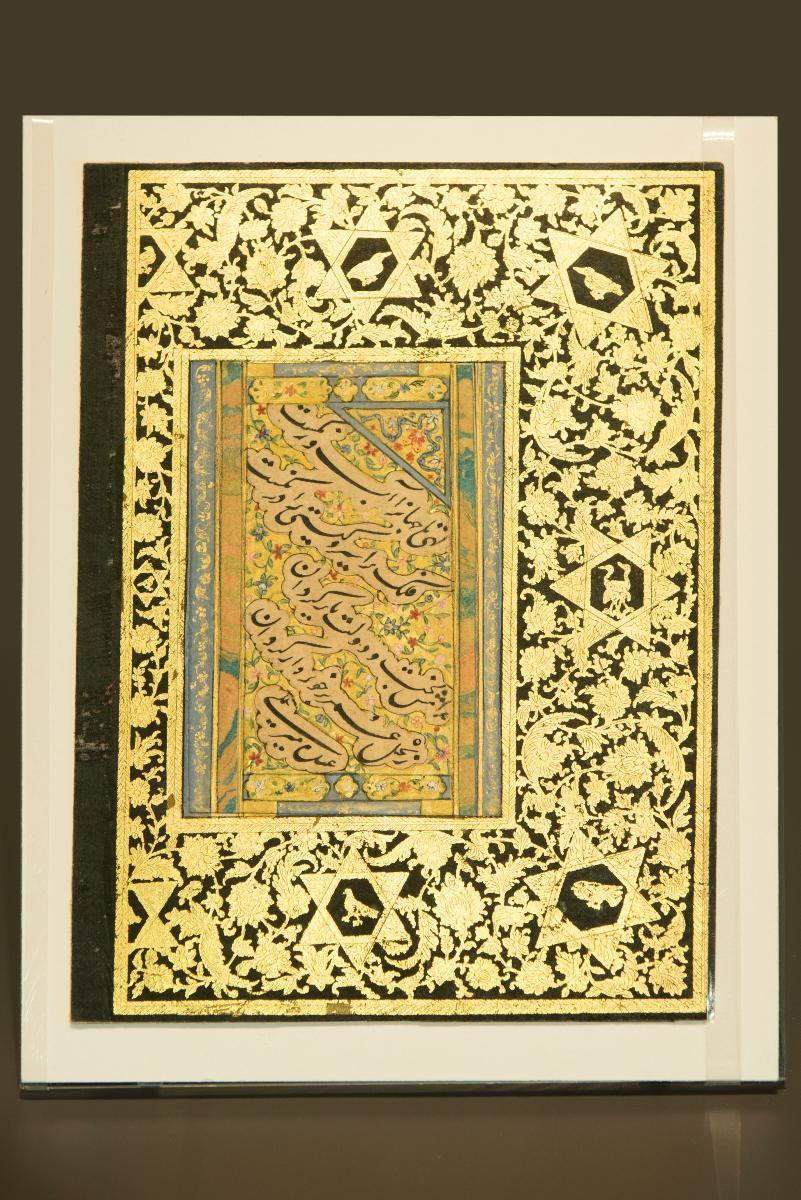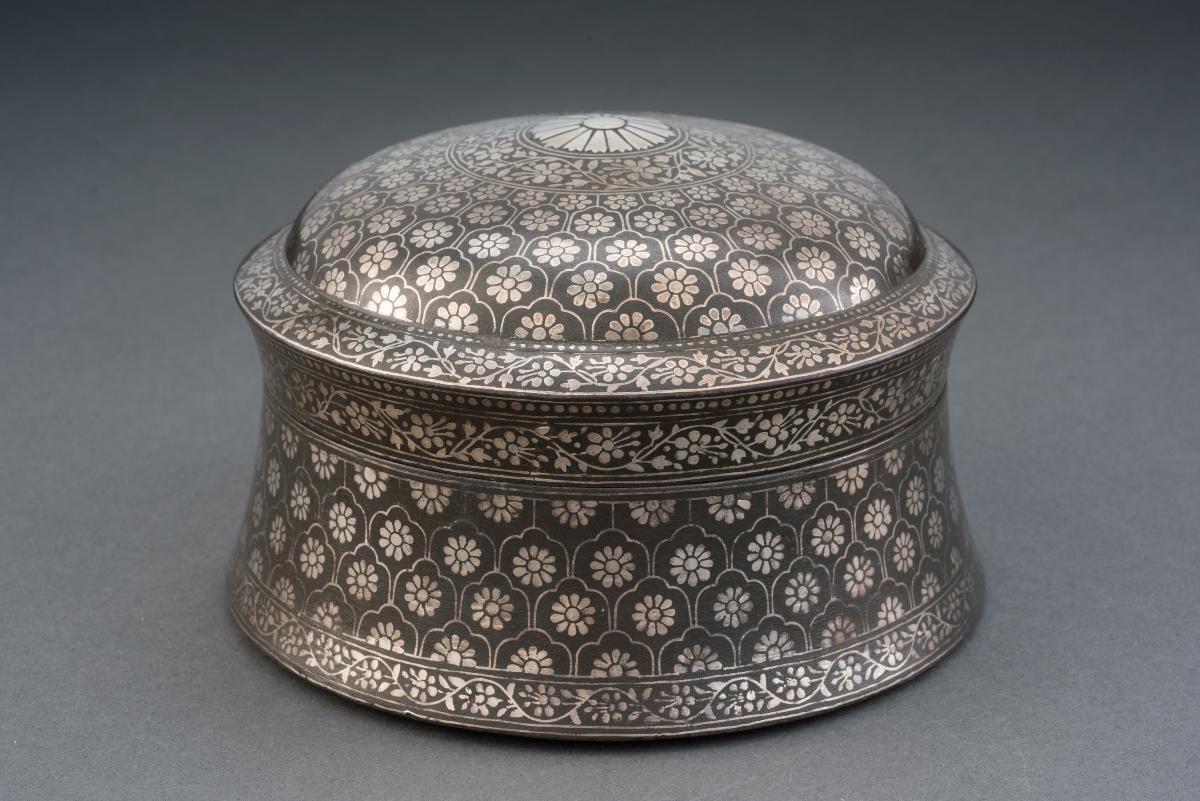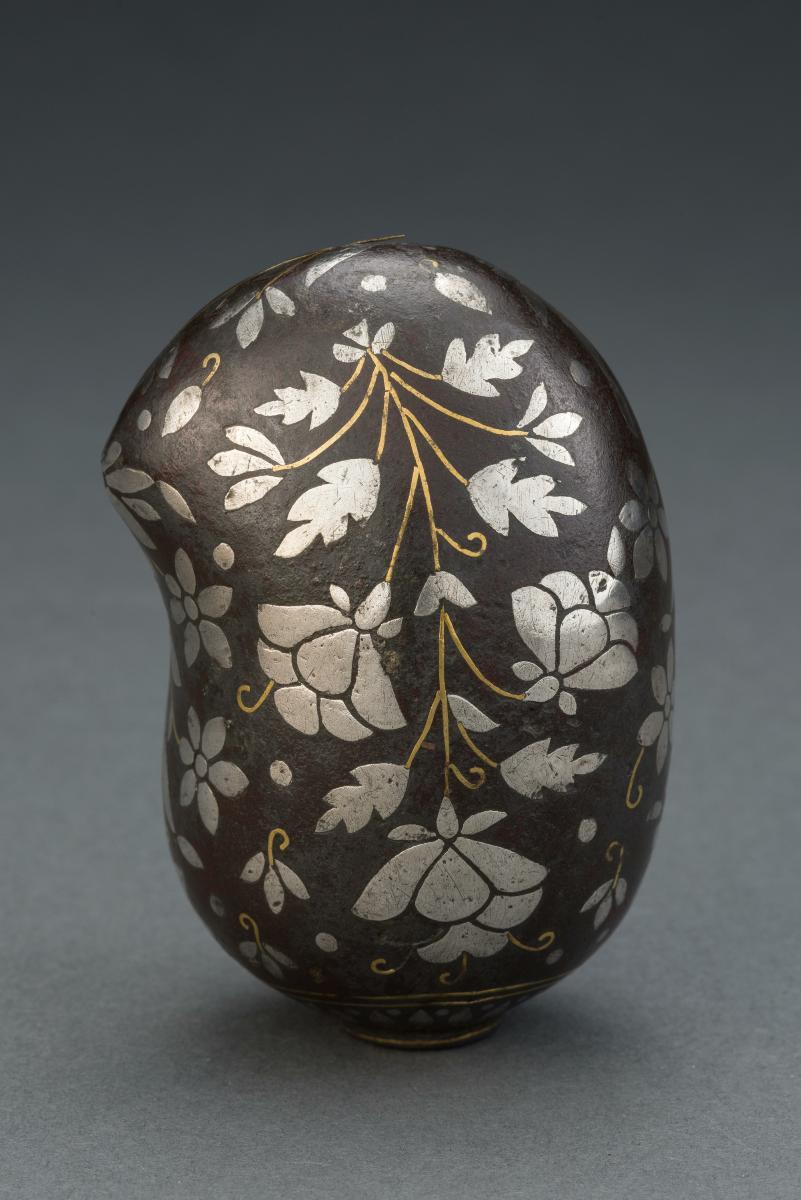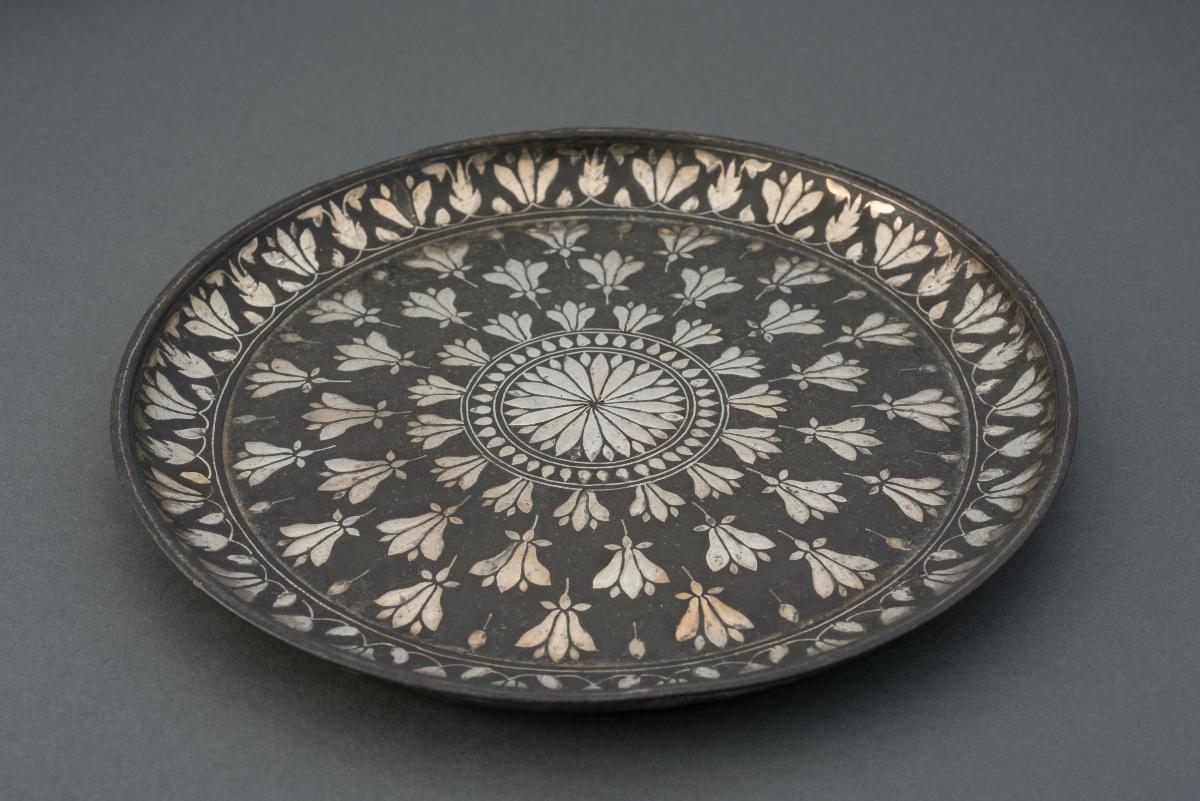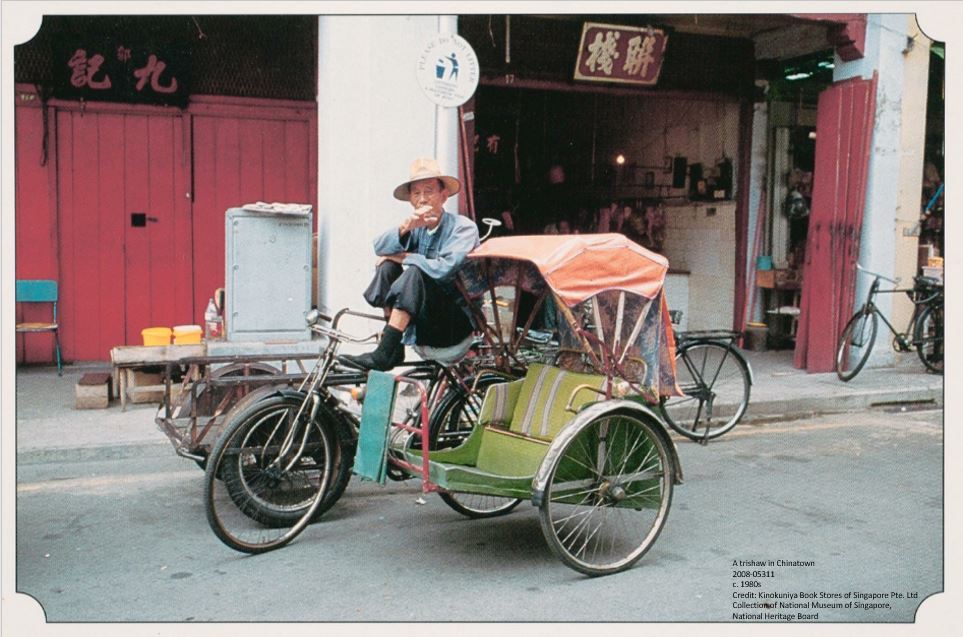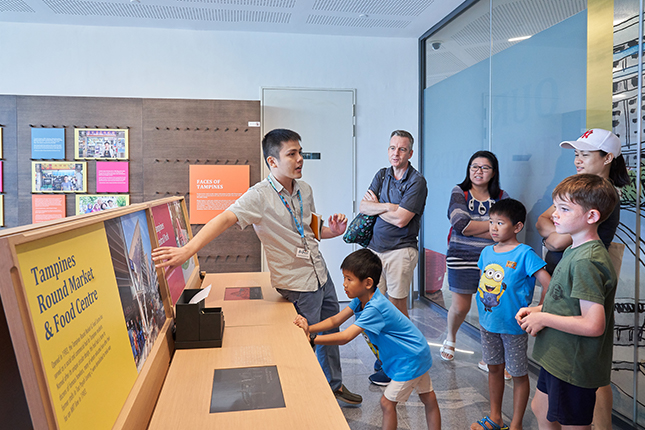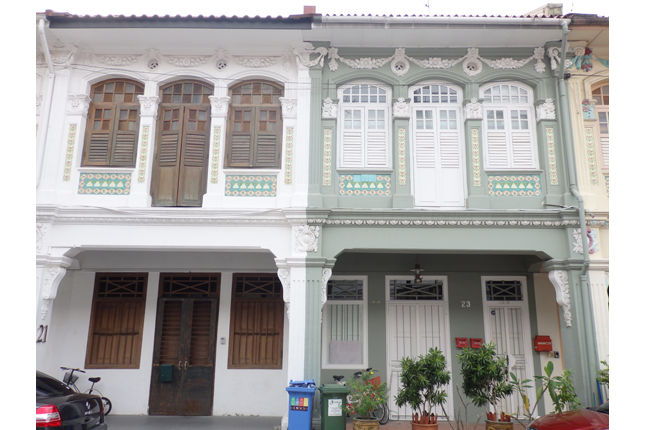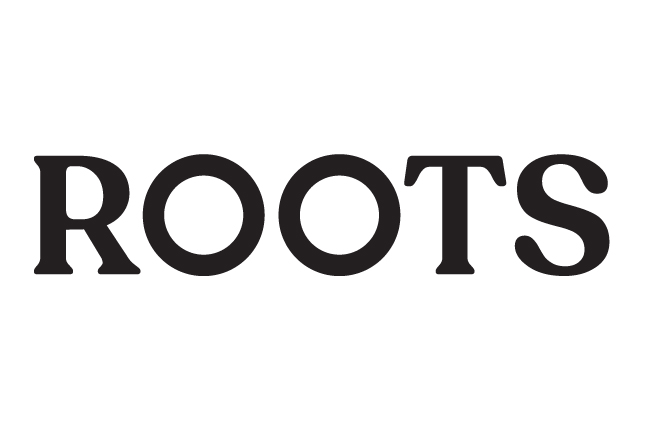The Deccan Sultanates, a group of five Islamic medieval kingdoms, located in the Deccan Plateau in southern India had vibrant and distinct cultures flourishing mainly in the late 16th and early 17th centuries. The art, poetry, and music of the Deccani courts were marked by their Persian inspiration as many rulers of the area were either Shi’ite or Persian in descent. Thesecourts, namely Bijapur, Golconda, Ahmadnagar, Bidar, and Berar, were known for their unique techniques of casting metal, carving stone, and painting. Hyderabad, the capital of Golconda, was a vibrant centre for the arts, where a mix of international patrons and painters worked in unison to create manuscripts, most often illustrated in eclectic styles.This is a very fine example of Deccani painting, incorporating calligraphy, a very important art form in the Islamic world. The main panel houses five lines of calligraphy written diagonally in reserve against a floral background surrounded by marbled and blue panels, the borders richly filled with a floral motif interspersed with birds in gold against a black background.The lines read:Oh God, as the world breathes life, full of water and coloursAs the heaven is in motion and the universe is hesitantGrant him prosperity and bless it with goodnessEndow him with the fruits of life—Abd MirkalangiIn Singapore, the Dakhni Muslim community is, represented by the Dakhni Urdu Association of Singapore.





